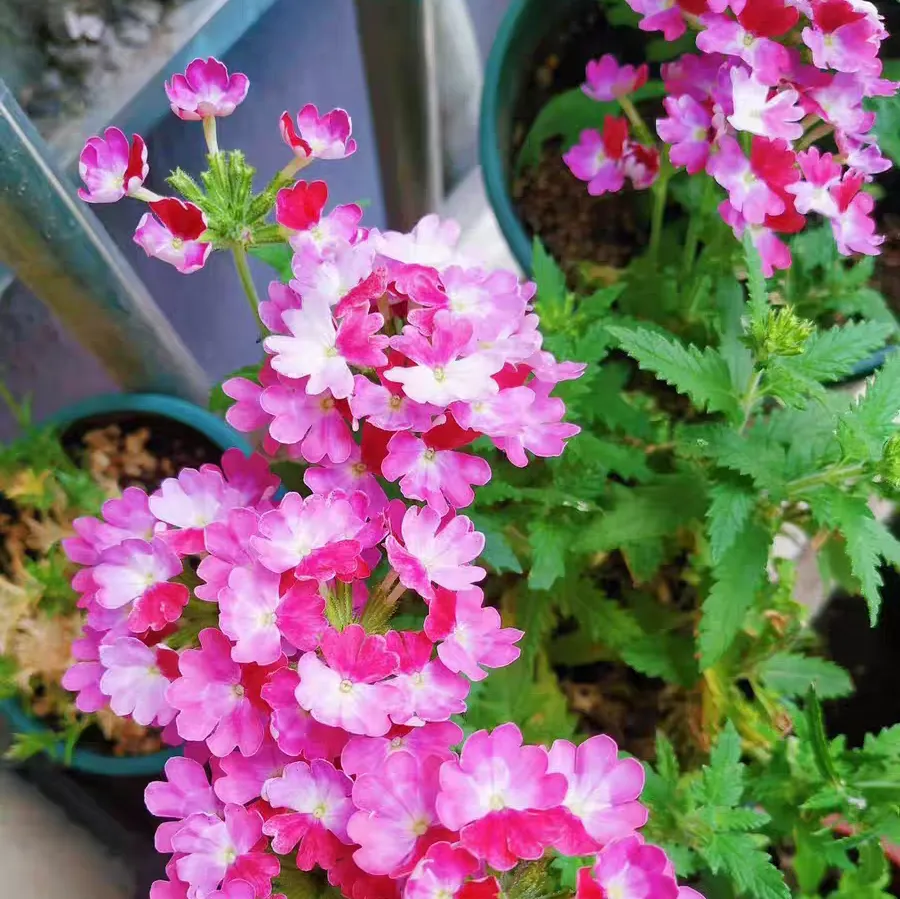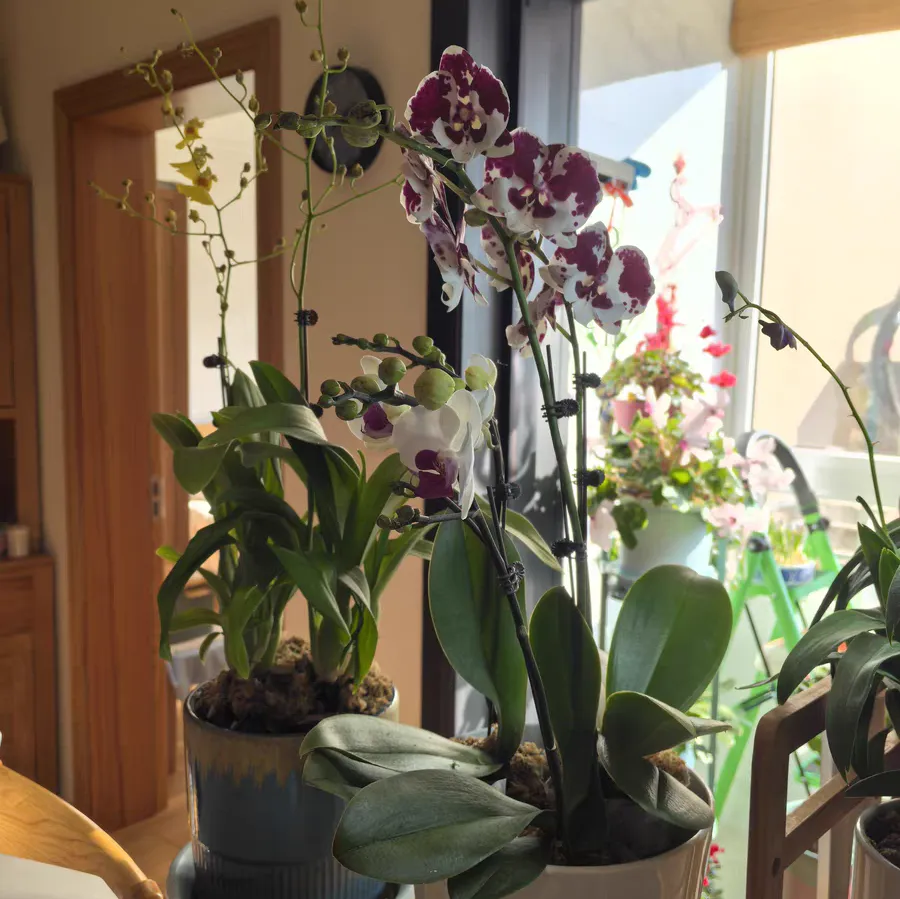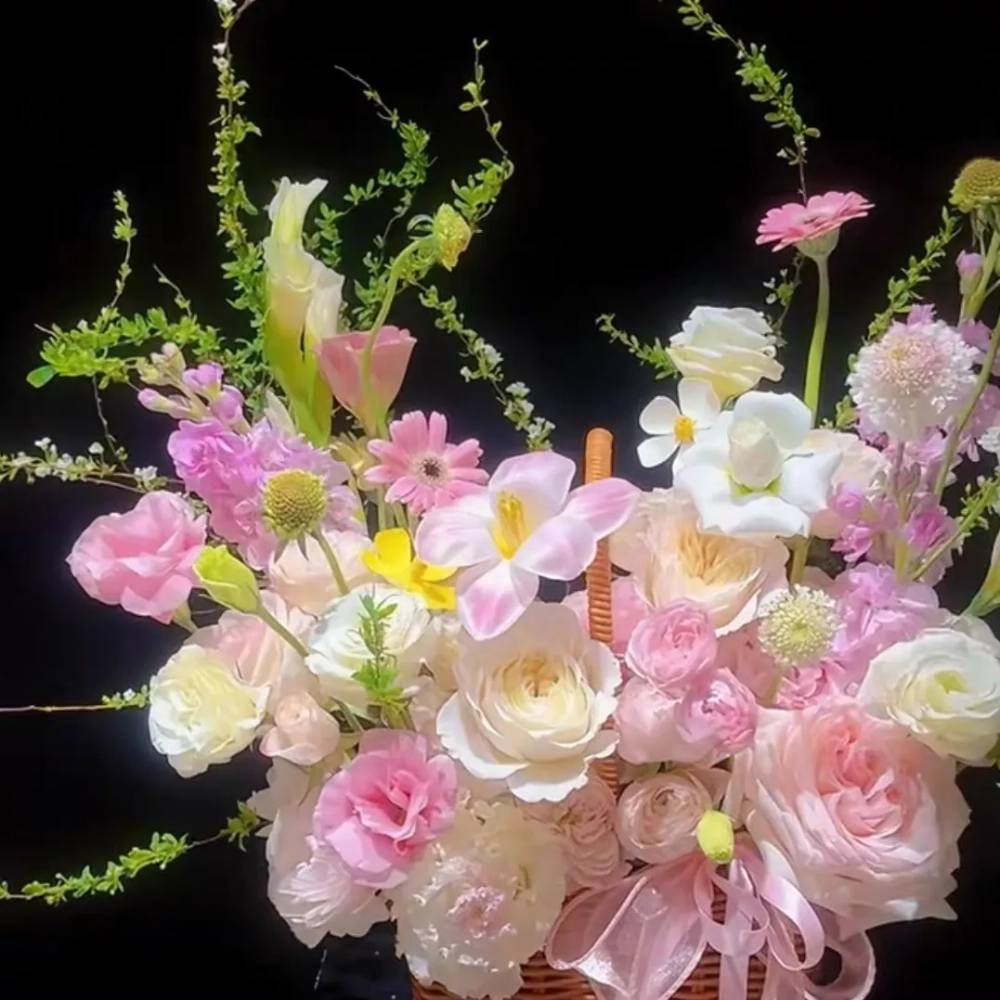Verbena hybrida, as a flower highly favored by gardening enthusiasts, adds a charming touch to various garden landscapes and home environments with its gorgeous colors and abundant blooms.
Verbena hybrida is a perennial herbaceous plant. However, in actual cultivation, due to differences in climate conditions in various regions, it exhibits different growth characteristics. In regions with a warm climate and relatively small temperature differences throughout the four seasons, verbena hybrida can maintain growth for many years and continuously display its graceful posture. In contrast, in colder regions, especially in the north, due to the extremely low winter temperatures, verbena hybrida is mostly cultivated as an annual or biennial plant.
The flowering period of verbena hybrida is relatively long, generally concentrated from May to November. During this period of up to half a year, it keeps blooming, bringing people lasting visual enjoyment. Its flowers are small and delicate, densely arranged in a corymb shape, and the flower colors are rich and diverse, including pink, red, blue, purple, white, and so on. Although each small flower is not large, numerous flowers cluster together to form a splendid scene of blooming flowers. Whether it is planted in flower beds and flower borders or placed as a potted plant on balconies and windowsills, it can become a beautiful scenery.
In the north, the low winter temperatures pose a severe challenge to the survival of verbena hybrida. When the temperature drops below 5°C, the growth rate of verbena hybrida will significantly slow down, and it will enter a dormant state. When the temperature is lower than 0°C, the plant is extremely vulnerable to frost damage. Therefore, special care is needed when cultivating verbena hybrida in winter in the north.
If verbena hybrida is planted in the ground, before the arrival of winter, a thick layer of dry grass, leaves, or decomposed organic fertilizer can be covered around the plant to insulate and protect it from the cold. For potted verbena hybrida, before the first frost arrives, it can be moved to a warm and sunny place indoors, such as a south-facing balcony or windowsill, to ensure that the indoor temperature remains above 5°C.
At the same time, the watering frequency should be strictly controlled because verbena hybrida grows slowly in winter, and its demand for water is greatly reduced. Excessive watering is likely to lead to root rot. Generally speaking, it is sufficient to water moderately after the soil surface dries out. In terms of fertilization, fertilization should be stopped in winter to avoid damage to the roots caused by fertilizers.
In short, as long as you follow the above methods, you can enable verbena hybrida to thrive in different environments and enjoy its beauty year after year.
What months does the flowering period of verbena hybrida range from?

Share with
Tagged in :




Leave a Reply